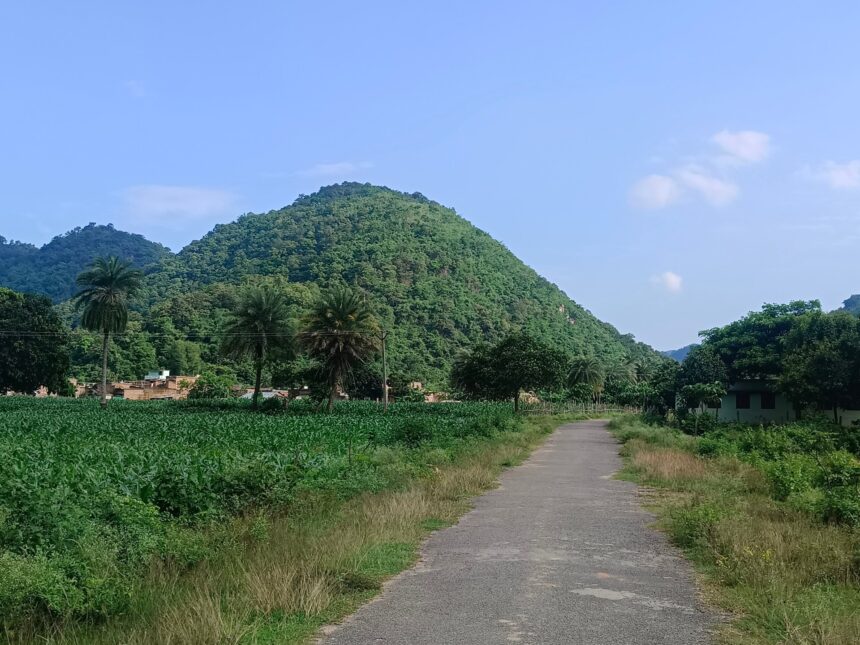In a remote village in the southern district of Odisha, India, lives a farmer named Ajay Rout. Surrounded by forests and hills, with the nearest market located 10km (6.2 miles) away, Ajay grows sweetcorn and vegetables on his small 0.2-hectare (0.5-acre) plot. The income from his conventional farming is minimal, prompting him to venture into the illegal cultivation of cannabis for a more substantial profit.
With about 1,000 cannabis plants hidden deep in the hills, Ajay embarks on a challenging two-hour trek each way to tend to his crop. Although cannabis cultivation is legal for medicinal purposes in some states in India, Odisha is not one of them. The Narcotic Drugs and Psychotropic Substances Act of 1985 prohibits the cultivation, possession, sale, and consumption of narcotic substances, including cannabis, carrying severe penalties such as fines and up to 20 years in prison.
Despite the risks involved, Ajay has been involved in the illicit cannabis trade for eight years, even serving a three-month prison sentence in 2017. The lucrative nature of the business outweighs the fear of legal repercussions for him. The planting season typically starts at the end of July, with the flowers taking five months to mature before being harvested, dried, and sold to traders for a significant profit.
The illegal cannabis trade has brought overnight riches to farmers like Subhankar Das, who have upgraded their lifestyles with the income earned. From changing the flooring in his house to buying motorcycles and enrolling his children in better schools, the illicit trade has provided financial opportunities that were previously out of reach.
Police raids are a constant threat to cannabis growers in Odisha, with law enforcement seizing significant quantities of cannabis and arresting traffickers. Remote mountainous regions like Koraput, Malkangiri, and Rayagada are hotspots for cannabis cultivation, making it challenging for authorities to curb the illegal trade. Despite efforts to eradicate plantations and crack down on traffickers, the demand for cannabis remains high due to its profitability.
Some farmers have opted to switch to alternative crops like millet to avoid the risks associated with cannabis cultivation. Millet, a traditional grain in southern India, is being promoted by government initiatives, offering free seeds and incentives for farmers to grow the crop. While the profit may not match that of cannabis, the shift to millet provides a legal and less risky alternative for farmers looking to avoid legal troubles.
For Ajay Rout, however, the allure of the profits from cannabis cultivation outweighs the risks and challenges. As he embarks on another arduous journey to his hidden fields, he remains committed to the illegal trade, believing the potential rewards are worth the risks involved.










